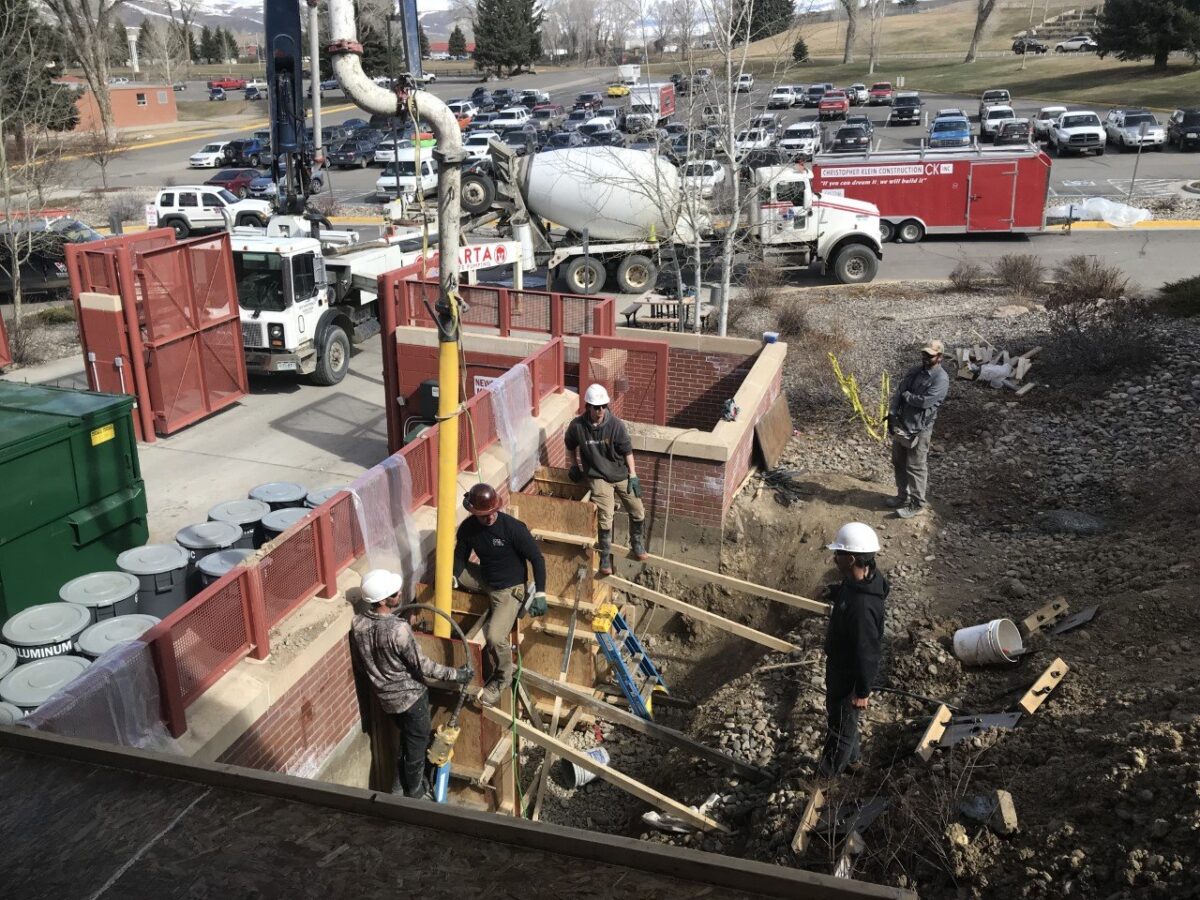October is sustainability month. Accordingly, Western’s Sustainability Action Committee (SAC) recognized the Western Solar Society (WSS) and Facilities Department as Sustainability Heroes on campus. Below is a profile on the sustainability efforts intertwined with the work of the Facilities Department.
Western’s Facilities Department is involved in nearly every aspect of campus. From building operations and housing to water usage, event planning, and athletics, there is hardly a facet of campus that Facilities does not impact in some way.
Bryce Hanna, the Facilities Operations Manager for Western since 2015, sees this as an opportunity. “We control a lot of campus, whether we want to or not. We dial those knobs. We need to be doing so in the most responsible and forward-thinking ways.”
Hanna has worked for six years to center the culture of the Facilities Department around sustainability. “Since I arrived here, the goal has been to really write sustainability into our DNA. So that everything we do in sustainability, we’re viewing through that lens.”
“We control a lot on campus, whether we want to or not. We dial those knobs. We need to be doing so in the most responsible and forward-thinking ways.”
-Bryce Hanna, Facilities Operations Manager
The philosophy of sustainability preferred by Hanna involves pondering fundamental questions that go beyond marketing strategies and jumping to buy the latest and greatest materials or gadgets. Instead, he wonders, “is it sustainable in the purest sense of the word- will it last for a long time?”
Hanna offers a hypothetical example to demonstrate this thought process. Is it better to purchase a highly efficient piece of equipment that has a 10-year warranty, or a somewhat less efficient piece of equipment that has a 25-year warranty? The financial, energy, and material cost of higher frequency purchases could outweigh the benefit of the more efficient equipment, both for the university and for the planet.
When looking at campus, Hanna views problems through a broad scope, turning to tools like cost-benefit analysis in trying to make the best possible decision for Western. This means looking at every facet and perspective of a problem and being open to new ideas and technologies. He says Western needs to be “looking at what the state-of-the-art is. What are people doing? What is possible? And where should we be to be not just competitive with, but to be ahead of our peers.”
Hanna is adamant that Western, by nature of its role within the world, should lead on big issues like climate change, waste streams and pollution, and resource scarcity. “As an institution of higher learning, we have a responsibility to not just respond to those problems, but to aggressively figure out how to address them.”
Hanna also sees some flexibility for Facilities to take risks and pursue big projects that can have meaningful impacts. “We have the ability, in certain circumstances, to be a little bit experimental with our purchases, and our procedures, and our practices.” That wiggle room can be vitally important when considering big problems.
So what does implementing sustainability practices look like in Facilities? Hanna admits that the answer can be a bit boring and technical at times, but incredibly impactful nevertheless. In the summer of 2022, the Facilities Department will undergo a project to replace fans, belts, and pumps in the state-owned buildings on campus; predominantly the eight academic buildings.
Hanna notes that achieving the energy reductions necessary to meet looming climate targets would be impossible without pairing efficiency upgrades with renewable energy build-outs in solar, wind, and geothermal. What this means for Facilities, then, is making the switch next summer from a single-speed pump that is always on, running at the same speed, to a pump that performs only the effort required in a given moment.
The planned system upgrade also includes swapping out inefficient fan belts for ones that operate with an auto-tensioner, reducing slippage and maximizing energy efficiency. An added bonus: these changes reduce expected maintenance time, freeing up Facilities employees to spend time thinking through and implementing sustainability upgrades elsewhere on campus.
“There’s no single thing we’re gonna do to move that needle. It’s all the little things… it all matters,” says Hanna. Before running the Facilities Department, Hanna worked as an architect and oversaw building design. That experience undoubtedly aids him in understanding and appreciating efficient designs and nitty gritty details to maximize sustainable outcomes.
Hanna recalls that in his years as an architect, he saw the LEED (Leadership in Energy and Design) principles and certification skyrocket in popularity within the field to become mainstream as demand increased for buildings that were sustainability designed and built, or at least could be advertised as such. Fundamentally, Hanna believes that sustainability should be built into the heart of fields like architecture and facilities management, adding “we shouldn’t need someone to remind you to do sustainability. It should be what you do.”
But not everyone on campus is fully bought into sustainability for its own sake, and Hanna accepts that. “Really understanding where people are coming from when they are not on the same page as you, and trying to find that real compromise. That’s what we do here better than anyone at facilities,” he says, adding ”You can’t just stomp your feet and say it has to be this or it has to be that. You have to meet people where they are.”
“We shouldn’t need someone to remind you to do sustainability. It should be what you do.”
-Bryce Hanna, Facilities Operations Manager
Hanna takes a practical approach in his day-to-day work, and attempts to turn potential project adversaries into advocates by demonstrating what sustainability can do for them. In practical terms, this often boils down to reduced costs, material needs, and maintenance requirements.
Shortly after Hanna arrived in 2015, an opening to make a positive change was foisted upon him. The new portion of Hurst Hall could not be heated above 45 degrees due to a building construction error that left the building with a gap area with zero insulation. So, Hanna and the Facilities Department sprung into action, utilizing thermal imaging to identify the gaps. “It was a hardcore investigative piece,” Hanna says with a grin. Then, Facilities brought in a contractor over Christmas break to spray insulation, remedying the problem.

The fix shaved roughly 25 percent of the building’s gas bill, which beforehand was in the neighborhood of $25,000 per month. But for Hanna, there were more important, human benefits. After the insulation had been installed, Hanna recalls encountering a professor who previously resorted to bundling up in his office throughout the winter. Hanna heard an exclamation: “hey Bryce!” He turned around and saw the professor donning a short sleeve shirt. “He’s just standing there in his short sleeve shirt… He didn’t say anything, and I knew exactly what he wanted to say. He said it all.”
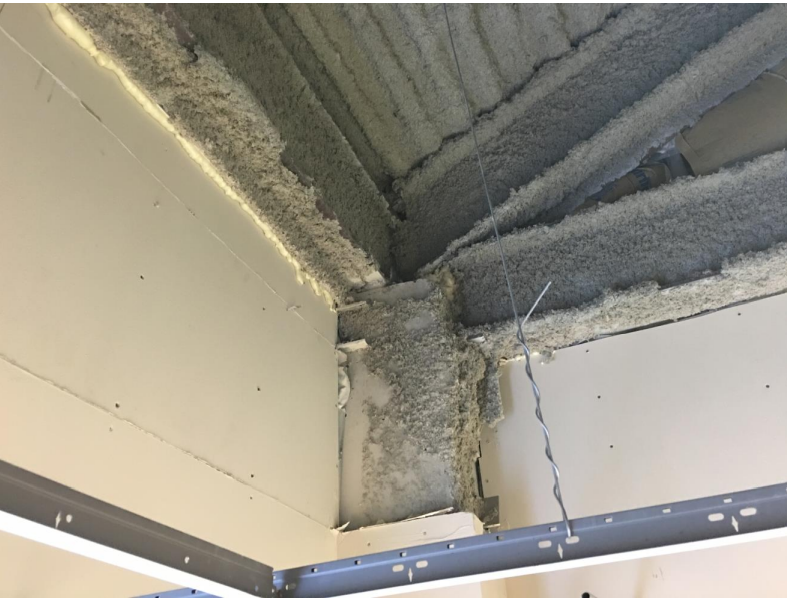
“It touches everything; it’s not just about saving the gas money, which clearly we needed to do because we had a problem. But it’s about improving people’s lives…and so that moment meant so much more to me than getting a gas bill. And that’s why we did that,” Hanna said.

While that project generated some notice for the associated temperature changes, other projects aren’t as flashy or easily noticed. Until 2017, the Paul Wright Gym was still utilizing a steam boiler system; by that time a disconnected remnant of a long-gone energy system. “It was a super dirty, super inefficient system, and it was destructive as well. You talk about sustainability, you had a system there that was actively creating steam leaks and destroying things,” Hanna says.
So Facilities made a change to a hydronic system for heating and cooling, at a cost of about two million dollars. Western secured a financial rebate for making the switch, and the project also freed up staff time needed to maintain the boiler system. “Doing that now frees us up to think about other things. So instead of spending all our time thinking about ‘how are we gonna solve this problem?’ or fix the things that are broken, we can plan ahead and do better work.”
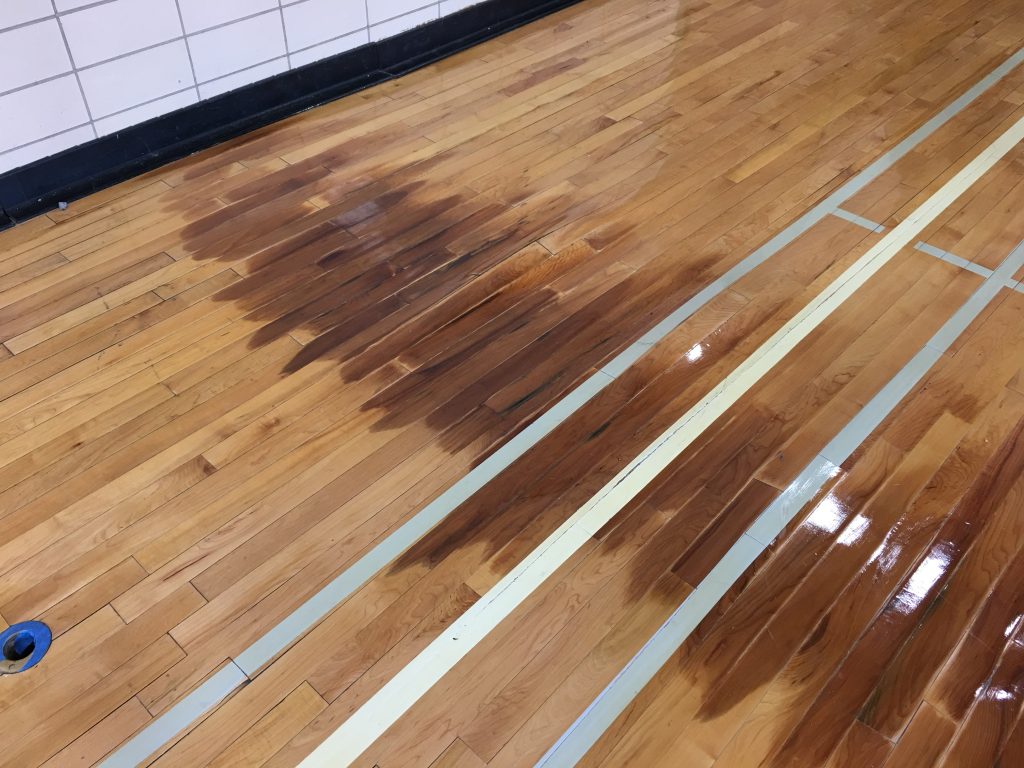
A final project Hanna wanted to highlight was a collaboration with LEAD Sustainability and Sodexo to close the loop on the Rare Air Cafe’s food waste. The Rocket Composter receives all of the food waste from diners’ plates and transforms it into compost fit for usage in campus growing spaces within just a few short weeks. Hanna says implementing the Rocket was a perfect fit for the waste system that Sodexo already utilized, and was also one of his favorite sustainability projects at Western.
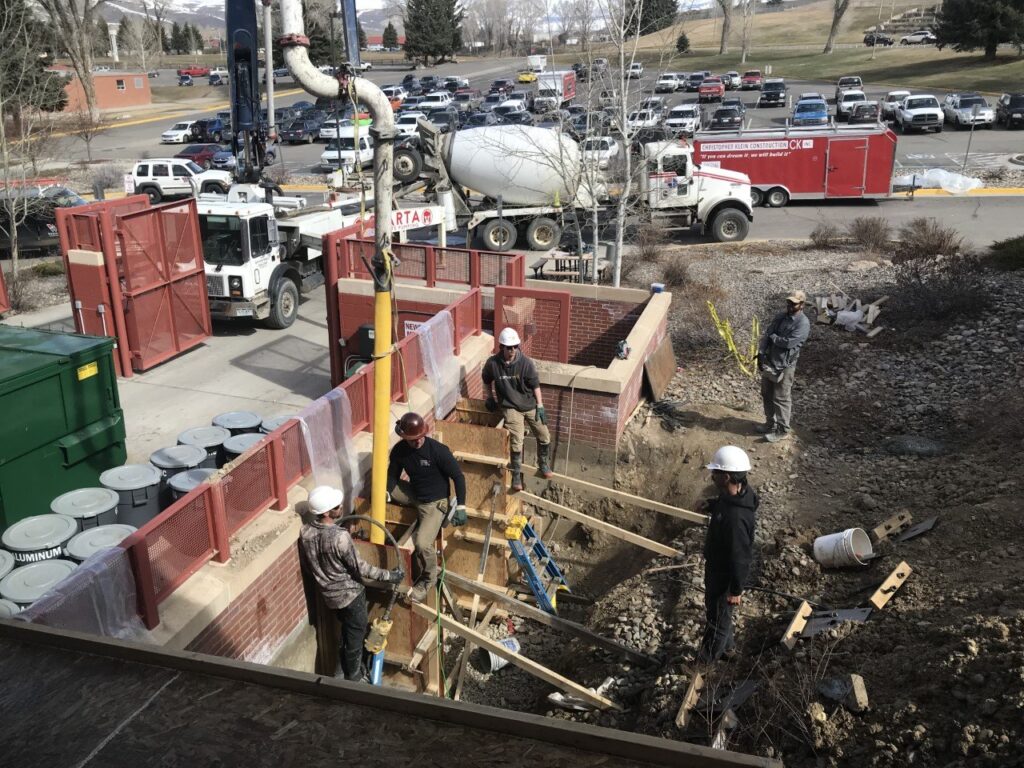
Hanna will be moving on within the month, and will be replaced by a new Facilities Operations Manager. Hanna has taken a very similar job with Crested Butte Mountain Resort (CBMR), and will remain in the valley. But there is exciting news for Western sustainability efforts: the Sustainability Specialist role, vacant for several months, has been filled.
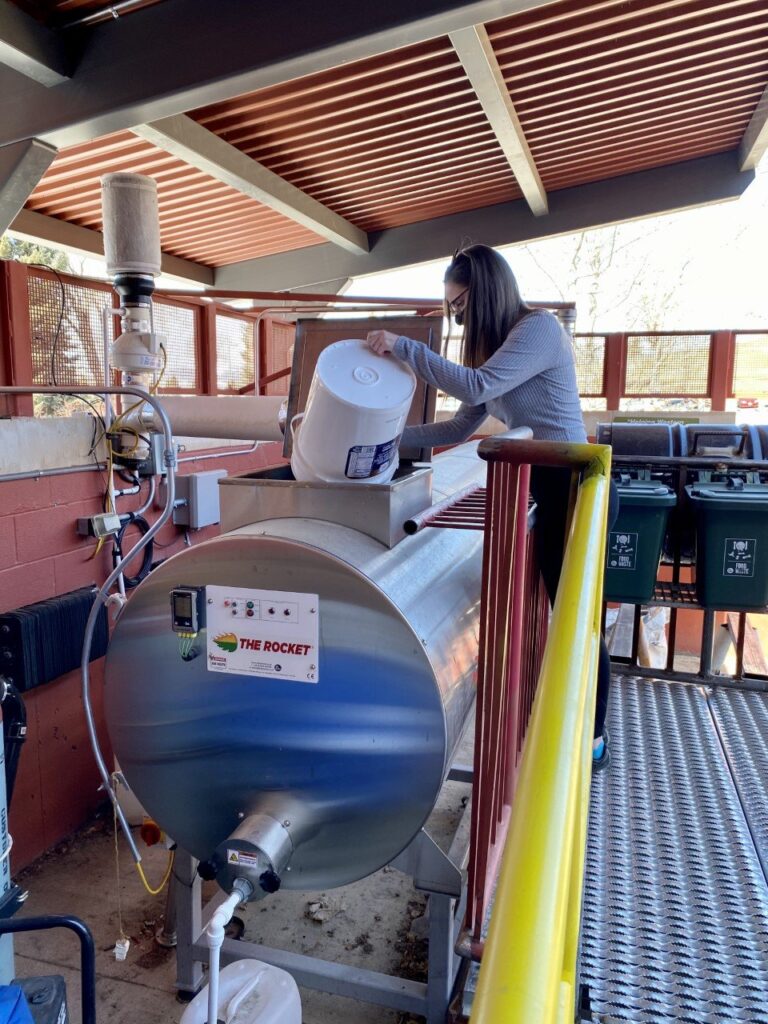
Western now welcomes Ashley Woolman, a former Western Environment and Sustainability and Master’s of Science in Ecology graduate, into the Sustainability Specialist position, which also falls under the banner of Facilities.
“It’s been really cool because I came here originally in 2009 for my undergrad, and so I’ve seen this campus transform a lot. There are parts that are not recognizable from when I was a freshman. So it’s great to see the direction that it’s going in and the momentum that it has for sustainability initiatives,” says Woolman.
Woolman remembers her own curiosity about data around campus sustainability metrics like water and electricity usage on campus, and hopes she can share those data points to educate the student body and engage them in meaningful discussions that leads to improved campus sustainability.
Woolman sees loads of opportunities for sustainability upgrades at Western, including expanding solar energy generation on Kelley and on other parts of campus, increasing the footprint of water-efficient landscaping in lieu of green lawns, and engaging with the work that student sustainability groups are doing on campus.

